Petro-Dollar System Crumbles: US Dollar Could Collapse from the World’s Oil Wars
Publikováno: 22.4.2020
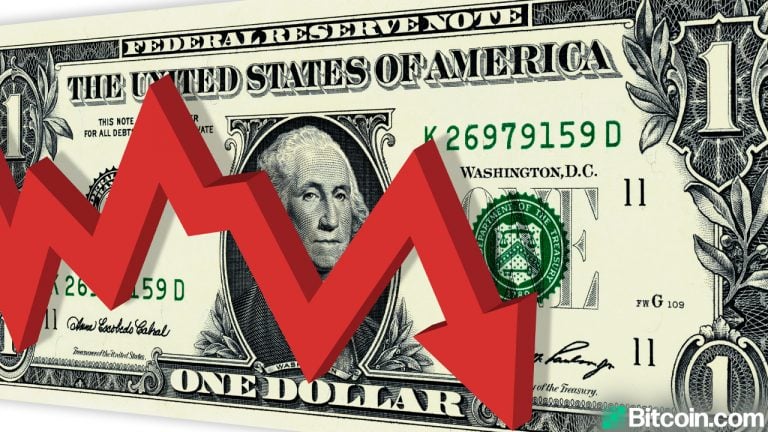 During the last few days, people witnessed history when the price of crude oil dropped below zero to -$40 per barrel, and as time passes many analysts think the worst is yet to come. After West Texas Intermediate (WTI) oil-based contracts dried up for May, contracts for June collapsed by 45%. Experts say that the […]
During the last few days, people witnessed history when the price of crude oil dropped below zero to -$40 per barrel, and as time passes many analysts think the worst is yet to come. After West Texas Intermediate (WTI) oil-based contracts dried up for May, contracts for June collapsed by 45%. Experts say that the […]
The post Petro-Dollar System Crumbles: US Dollar Could Collapse from the World’s Oil Wars appeared first on Bitcoin News.

During the last few days, people witnessed history when the price of crude oil dropped below zero to -$40 per barrel, and as time passes many analysts think the worst is yet to come. After West Texas Intermediate (WTI) oil-based contracts dried up for May, contracts for June collapsed by 45%. Experts say that the continued sell-off shows the oil problems are not going away and the severe issues could ultimately destroy the U.S. dollar. Since 1944, the USD has been propped up by the petro-dollar scheme and with oil prices below zero, the dollar could easily collapse.
With the Petro-Dollar System Devastated, the U.S. Dollar Is More Fragile Than Ever
Free market advocates, gold bugs, and cryptocurrency proponents have always said that today’s monetary system was immoral and manipulated. Of all the countries in the world, U.S. leaders have been some of the worst manipulators in history and the nation’s super-powers may be coming to an end. The U.S. government has blamed the coronavirus outbreak on the economic devastation, but America’s financial system was already in trouble before the virus.

On April 20, the world witnessed history when the value of a barrel of crude oil dropped negative 300% below zero, sending oil dealers into a frenzy. The day wiped out WTI contracts for May and the following day on Tuesday, WTI contracts fell by 45%. Experts believe “the worst is yet to come” and the well known firm Gunter Financial Group of Raymond James said oil prices will remain at rock bottom for a while.
“We believe prices are likely to remain at basement levels in the short-term with further shut-ins forthcoming – expect late-May to bring similar price movements as the June contract rolls over,” Raymond James detailed on Tuesday.
Now with oil well below zero and fossil fuel contracts being wiped out months in advance, many people are curious about countries that base their currencies off the oil trade. There are various nation states that use oil reserves to back their notes. Venezuelan President Nicolas Maduro created a crypto called the ‘petro,’ which is allegedly backed by the country’s rich petroleum reserves. But what most individuals are curious about is the life of the U.S. dollar, as the fiat currency has been tethered to barrels of oil for decades. The USD is a derivative of petro-dollar recycling, a term that Wiki defines as “the international spending or investment of a country’s revenues from petroleum exports.” With barrels of oil trading for less than zero, it means that the USD is only backed by military coercion and threats of force.
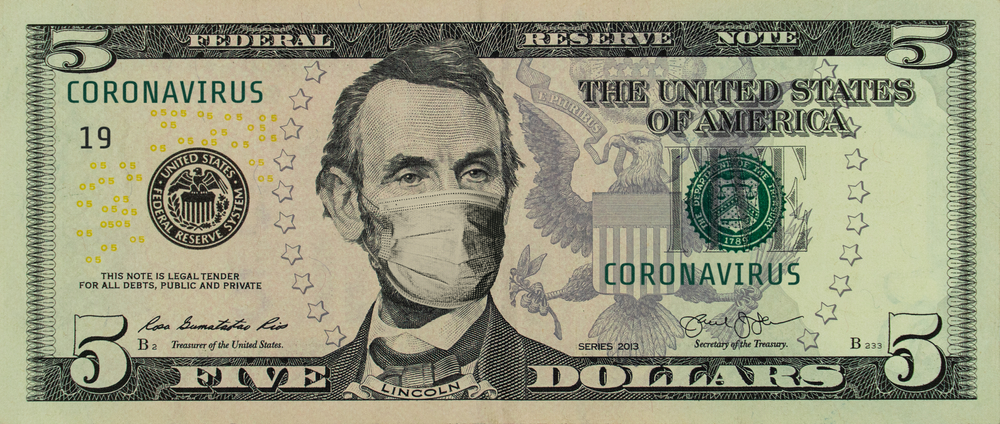
The Rise of the Petro-Dollar and Endless Wars
Many Americans during the last two decades have wondered why the U.S. has been at constant war in the Middle East and it is likely due to the petro-dollar. Back when Franklin D. Roosevelt and the ‘House of Morgan’ destroyed the American economy, in 1944 the Bretton Woods pact was agreed upon, which was the first step in establishing the petro-dollar.
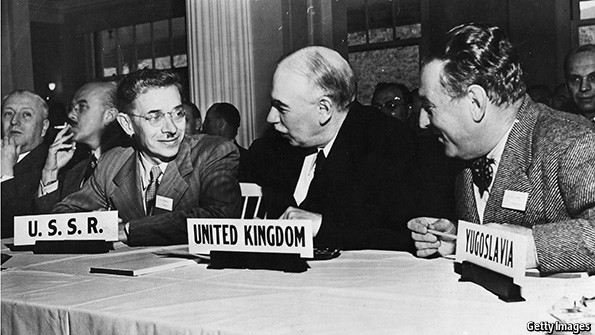
The deal made it so countries worldwide would trade international commodities that are always priced in USD. The U.S. would also hold and protect gold reserves for various countries as part of the deal. This gave the United States a financial upper hand and in return, the U.S. pledged not to use the Federal Reserve to print massive amounts of USD. The Bretton Woods agreement fared well up until the Vietnam War, as American allies realized the Fed was printing money like no tomorrow for war expenditure.

A few countries started questioning America’s monetary schemes and decided to ask the U.S. to repatriate their gold reserves. In 1971, France wanted to withdraw their gold reserves from the U.S. and former President Nixon decided to react. On August 15, 1971, President Richard Nixon declared a new economic policy, which American’s called the “Nixon shock.” Nixon said he was removing the USD from the gold standard for a temporary period, but the move remained permanent. Two years later, Nixon begged the King of Saudi Arabia to only accept U.S. dollars for barrels of oil and in exchange, Nixon offered military protection. The U.S. President extended the same offer to key players in the fossil fuel-rich countries and by 1975 the plan captured every nation state tethered to the Organization of the Petroleum Exporting Countries (OPEC).
Are Countries Really Stockpiling Weapons of Mass Destruction? Or Are Countries Simply Looking to Exchange Oil for Other Reserves?
Cracks in the petro-dollar started to show during the Reagan presidency and the Cold War. The U.S. also started threatening and sanctioning oil-rich nations in South America. In 1991 the petro-dollar started becoming more fragile and the world witnessed the fall of the Eastern Bloc, otherwise known as the Communist Bloc. At the same time, U.S. forces invaded Iraq during President Bush’s Desert Storm fiasco (Gulf War). People started realizing the immoral scheme the U.S. was involved in and how the war was invoked by arguments concerning oil.
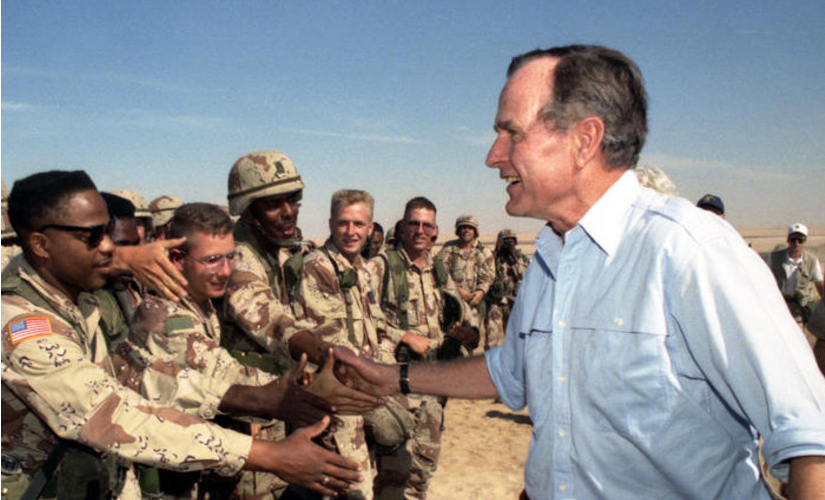
After 1991’s Desert Storm invasion, nine years later the U.S. noticed that Iraq’s leaders decided to sell oil for euros instead of dollars. During the years that followed, the U.S. media and its allies painted a picture of Iraq’s leaders hoarding “weapons of mass destruction (WoMD),” which was never proven. In 2003, U.S. forces invaded Iraq claiming that Saddam Hussein was lying about WoMDs. After the invasion was complete, Iraq coincidently reversed its euro policy and started accepting USD for oil again.
Most anti-war advocates have figured out why the U.S. has been deployed all over the Middle East and multiple African nations. The only reason for these invasions was to keep the petro-dollar alive, but throughout the Bush and Clinton administration, 500,000 children had died due to these wars. Muammar Mohammed Gaddafi tried to escape the petro-dollar system when he had Libya create the Dinar with a few allies.

In response, the American government and NATO forces ruined the existing Libyan regime and executed Gaddafi in 2011. The petro-dollar has invoked U.S. military forces to threaten various countries such as Libya, Iraq, Afghanistan, Lebanon, Syria, Yemen, Somalia, Sudan, and Iran. With the help of its allies in Israel, the U.S. and NATO forces intimidated Iran when they decided to trade barrels of oil for gold. U.S. leaders pulled the same smoke and mirrors trick as they did with Iraq, by claiming that Iran was hoarding nuclear arms. However, Iran has been a peaceful country and hasn’t attacked a single nation since the late 1700s.
Will America’s World Police System and Bullying South American Countries Keep the Dollar Afloat?
Trump and the rest of the American bullies have been doing the same thing in South American countries and specifically with Venezuela. Both Iran and Venezuela are rich in oil reserves and these countries have threatened the American’s petro-dollar scheme. Both countries have been talking with Russia and China and participating in backroom deals to trade oil for other currencies and commodities. Chinese and Russian leaders have warned the U.S. not to mess with Iran. Syria has also told American leaders it will protect Iran if the Americans invade. Now that oil markets worldwide have been devastated and all the U.S. has left to protect the dollar is military force.
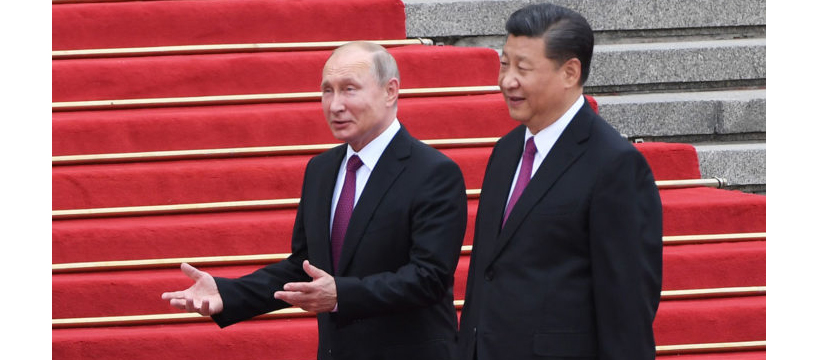
One of the biggest reasons why oil prices have collapsed is because OPEC members had failed to agree with each other. With all the side deals taking place and megatankers of oil being stored at sea, countries who want to obtain harder reserves than the USD will sell for gold and stronger currencies. Oil tankers unable to dock are currently sitting out at sea off the coast of California, with an alleged 20 million barrels worth of crude. Additionally, many of these countries are rich in oil reserves, which still powers a great deal of the world’s industries. The U.S. has abundant reserves of oil in Texas, Alaska, and Oklahoma but it may not be enough to sustain a crude oil war.
After looking at the U.S. dollar from a different angle and in the context of the petro-dollar, it’s hard to imagine the currency not experiencing hyperinflation. When Americans find out that their dollars are predicated on the use of military force, then they may realize how worthless the tender has become. Barrels of oil dropping below zero is not something economists are taking lightly and it really shows how fragile the U.S. dollar is today.
What do you think about the petro-dollar? Let us know in the comments below.
The post Petro-Dollar System Crumbles: US Dollar Could Collapse from the World’s Oil Wars appeared first on Bitcoin News.